In the era of intelligent security, cameras continue to develop to technologies such as "black light", "super star light", large wide-angle and multi lens. As the core component of the front end of monitoring equipment, optical lens technology also began to evolve in the direction of intelligence.
In the traditional security period, the optical lens is the core component of the front-end video information acquisition entrance of video monitoring system such as camera and ball machine. The quality of information acquisition directly affects the information recognition and processing effect of the back-end. Therefore, optical lens has always been the technical responsibility of surveillance camera. In recent years, with the gradual deepening of the application of artificial intelligence, new technologies such as AI chip, sensor chip, deep learning and intelligent algorithm are gradually emerging. The once sharp optical lens technology seems to be forgotten by the industry.
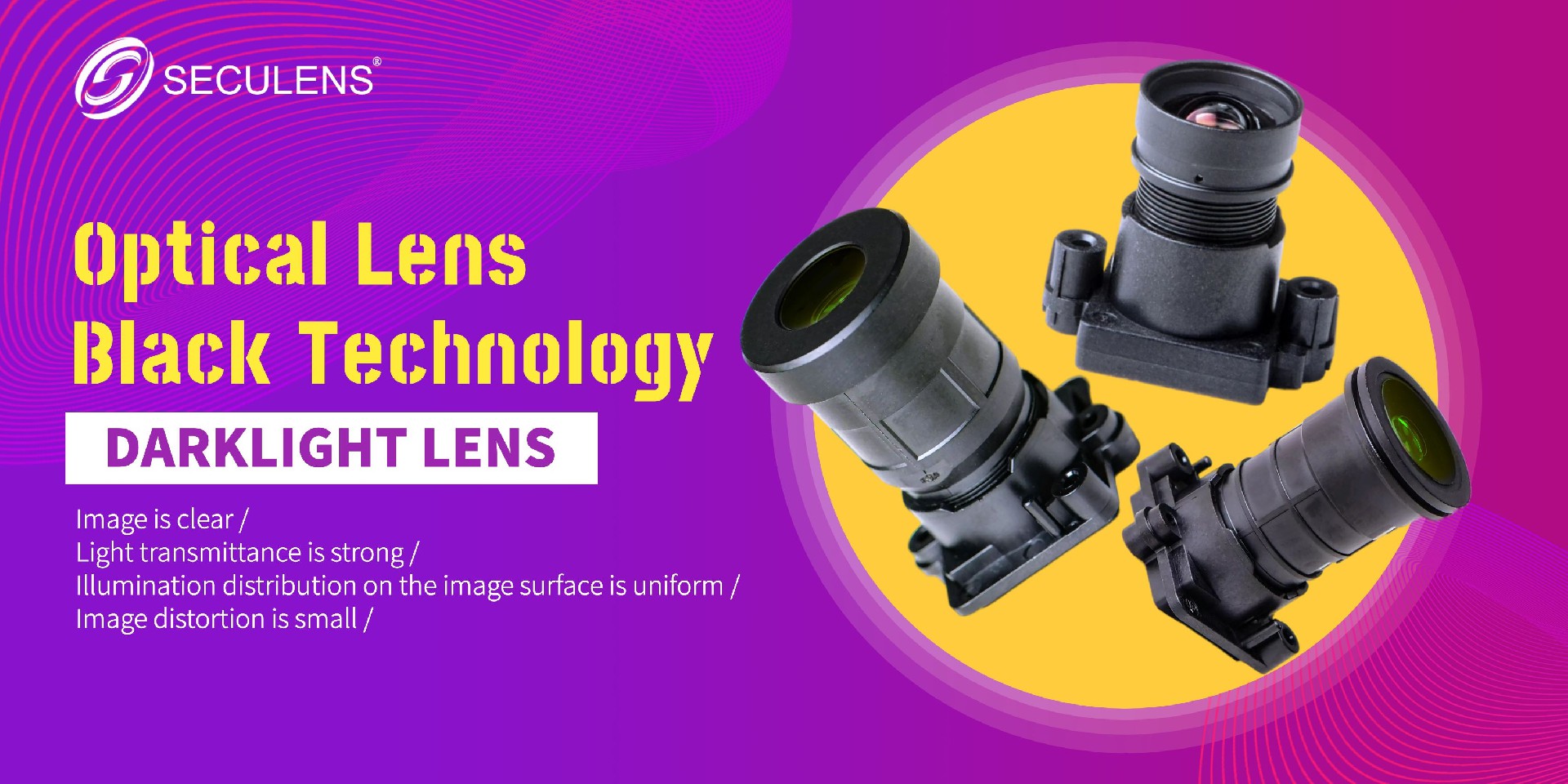
In fact, after a hundred years of development, the development of optical lens has been very mature. In the era of intelligent security, cameras continue to develop to "black light", "super star light", large wide-angle, multi lens and other technologies. As the core component of the front end of monitoring equipment, optical lens technology also began to evolve in the direction of intelligence.
1.Technological evolution in media and aperture
The optical lens of camera is divided into optical parts with different media such as plastic, glass or crystal. In the early stage, due to the poor imaging quality of plastic lens, the optical lens generally adopts glass lens with high cost. However, with the continuous progress of technology, the imaging ability of plastic has been greatly improved. In addition, the cost of plastic is much lower than that of glass lens. Therefore, plastic lens has become the main material for production for a long time.
At present, due to the intelligent upgrading demand of front-end monitoring equipment, the optical lens has begun to adopt glass aspherical technology again. This medium enables the camera to output color pictures even in extremely dark environment. However, because the price is still relatively expensive, the mainstream optical lens still adopts plastic aspheric medium and glass glue mixed aspheric medium.
In terms of lens aperture, for security monitoring lens, the larger aperture generally means the better imaging quality at night. However, the aperture design needs to be matched with the lens focal length to give full play to the best effect of lens imaging. At present, the lens aperture design produced by seculens has changed from F2 4 aperture, 2.0 aperture lens and 1.6 aperture lens have evolved to the largest aperture F0 this year 8。
SECULENS Darklight King F0. 8. The industry general M12 interface is adopted, which greatly improves the compatibility and reduces the development cost and cycle of customers. In addition, Darklight King F0 8. The optical lens adopts glass aspheric surface, optimizes the lens structure and realizes miniaturization design. It is composed of glass plastic hybrid lens, which can effectively reduce aberration and improve product performance.
2.Low light full-color, 4K HD lens attack
In recent years, in order to better meet the needs of video surveillance and video intelligent analysis, low illumination full-color, large wide-angle panorama, multi lens and other cameras have become the objects pursued by mainstream manufacturers. For example, Haikang, Huawei, Kodak and other enterprises have begun to promote low illumination full-color series products, and optical lenses are also evolving in this direction.
In recent years, low illumination full-color has become the biggest highlight of the industry. The effect of low illumination full-color imaging is mainly determined by the sensor chip, and the optical lens is mainly responsible for filtering, light transmittance and orthodontic tasks. SECULENS super star lens series, 4K lens series and all-in-one lens series are in line with the current popular AI and HD theme.
3.Summary
Generally speaking, the design of low illuminance and full-color lens mainly involves the design of medium and aperture. The resolution of the camera's photosensitive element matches the resolution of the lens, and the aperture size is also designed according to the focal length, so as to maximize the low illumination full-color image quality of the camera. At present, the seculens optical lens should be able to meet the requirements of clear imaging, strong light transmittance, uniform image illumination distribution, small image distortion, adjustable aperture and so on. Among them, the sensor is mainly responsible for the amount of light. In the future, it will continue to improve in terms of higher sensitivity, higher signal-to-noise ratio, higher sensitivity and better low illumination performance, so as to adapt to the video monitoring application of ultra-high definition, low illumination, full-color and ultra wide angle, and put forward higher requirements for the overall performance of the hardware system of the monitoring system itself. At present, the optical lens evolves with the sensor chip. In the future, the optical lens will develop together with the sensor chip to better meet the specific scene applications.
2022-04-21 12:09:35
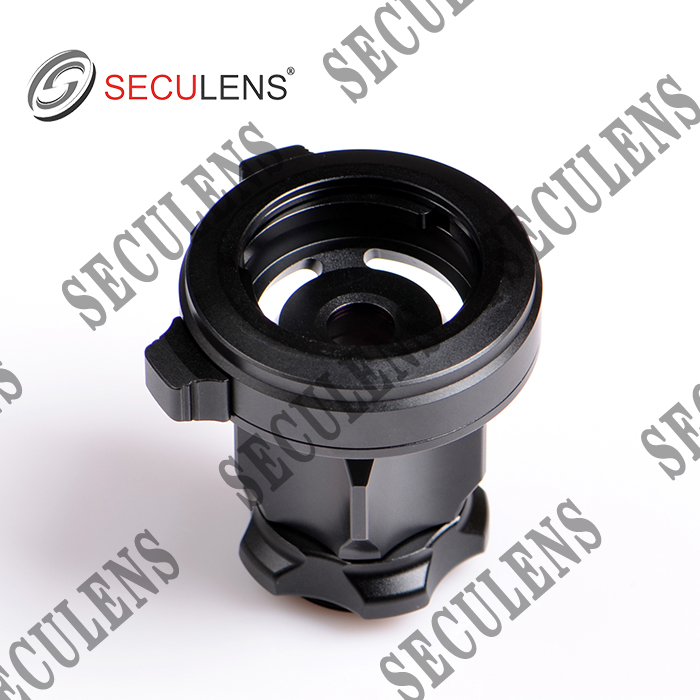
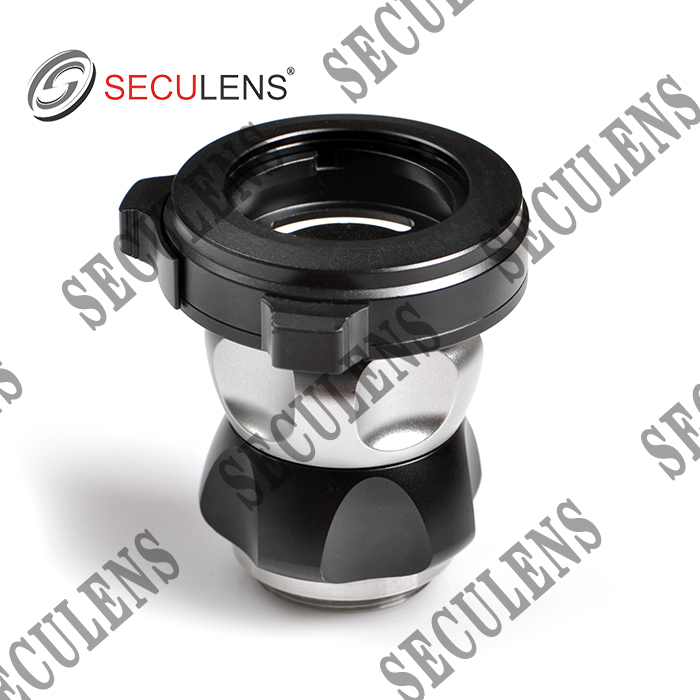
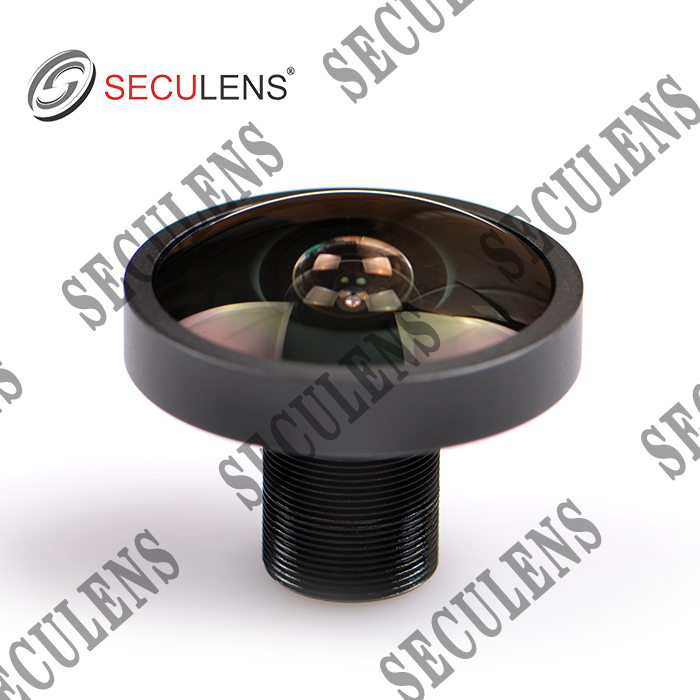
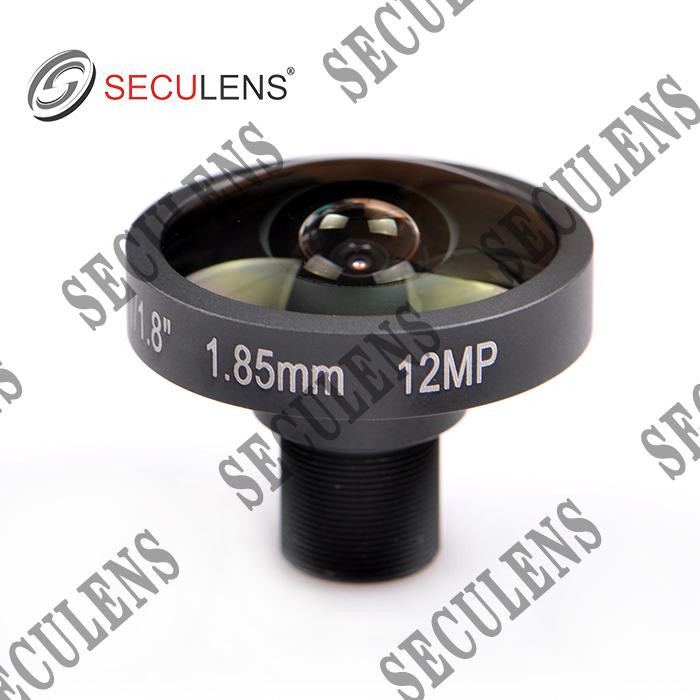
Fisheye lens 1.85mm FT1085 12MP
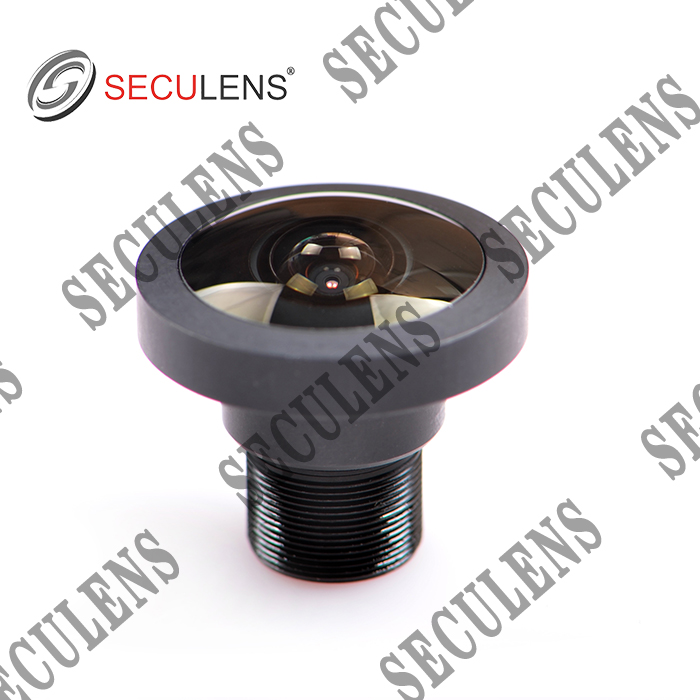
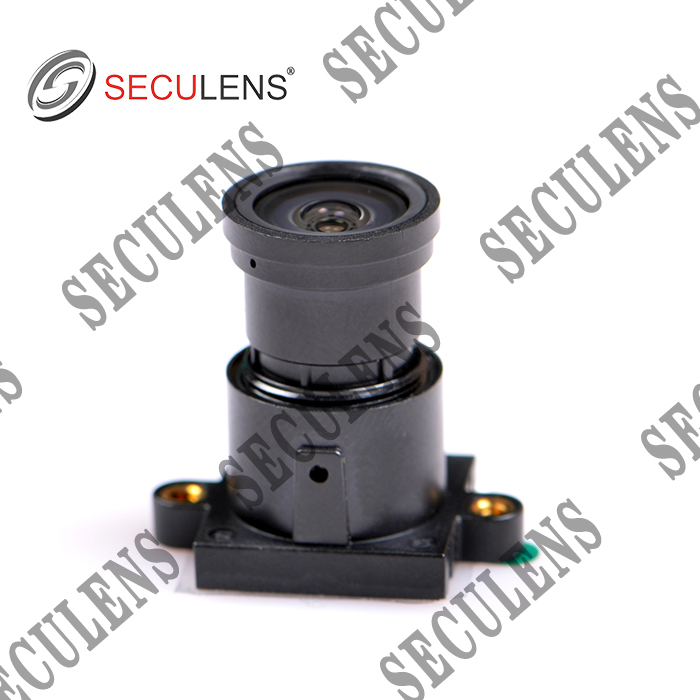
Starlight Lens 2.8mm 0357
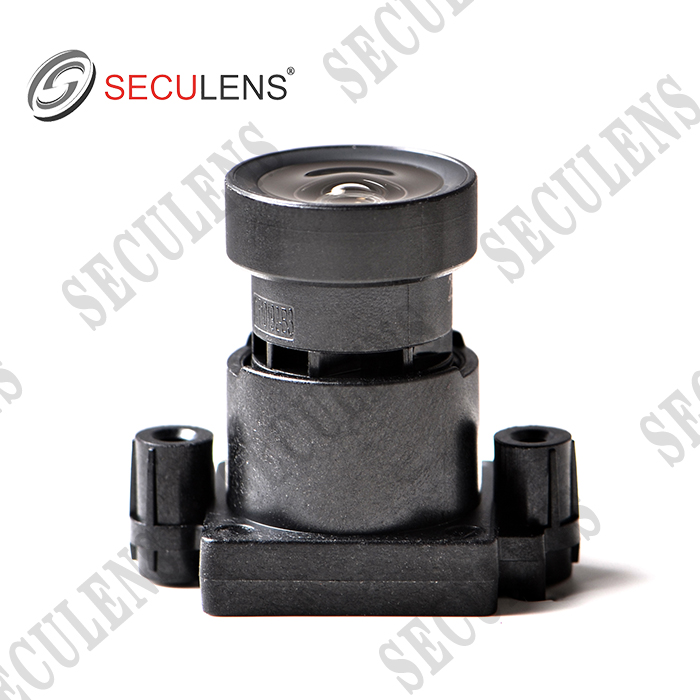
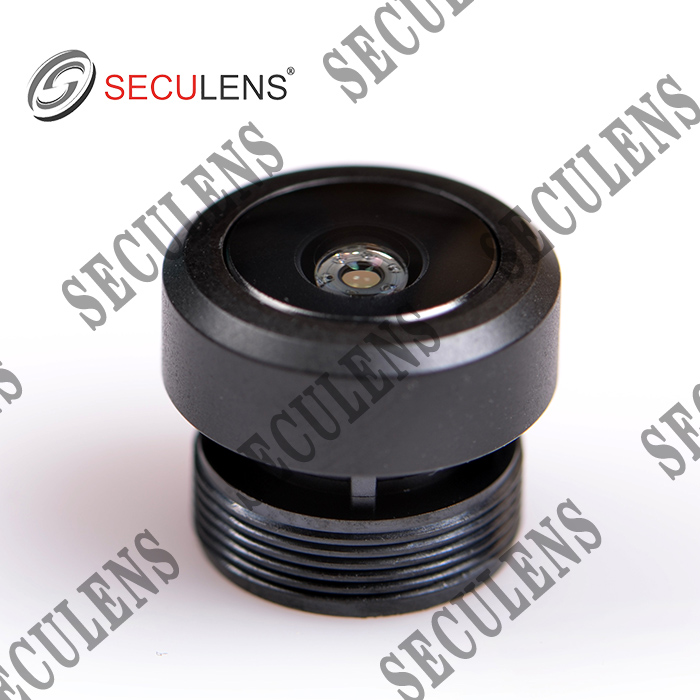
Car Lens 2.6mm SECU8204
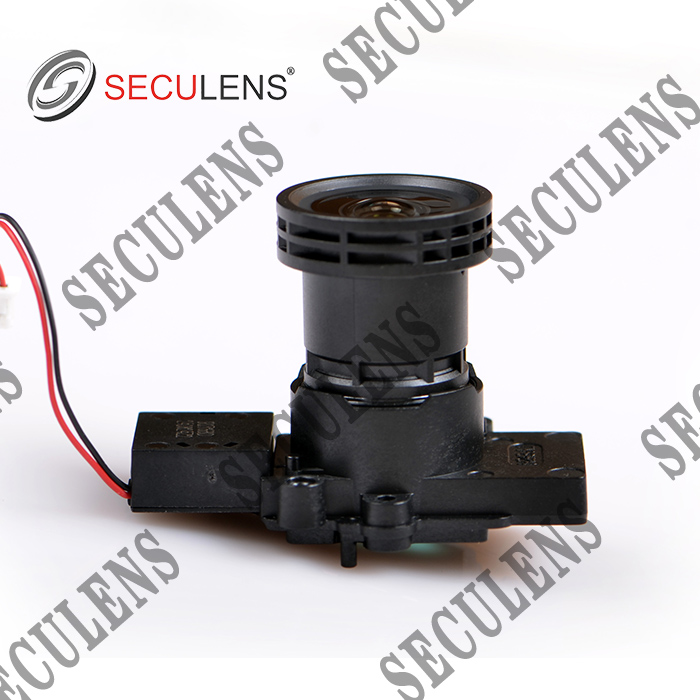
Darklight Lens 10207-8MP+H243+IR0316 4mm 1/1.8"
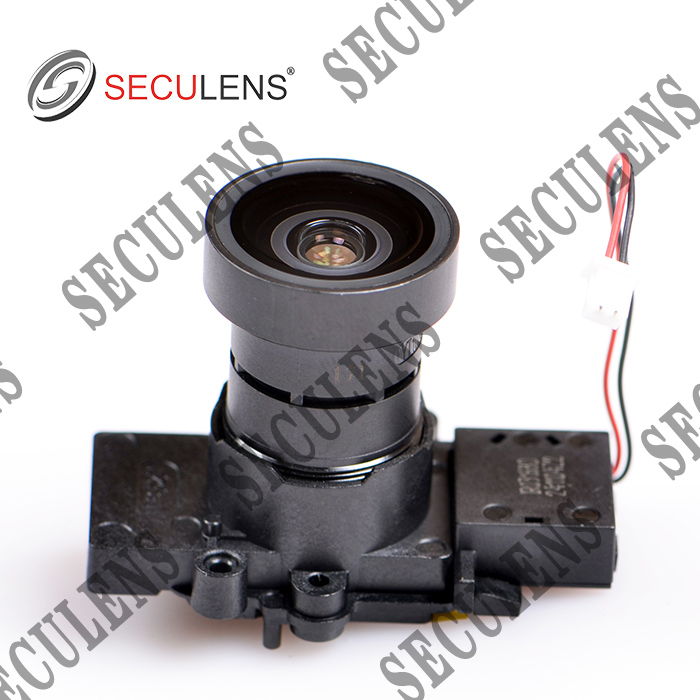
Darklight Lens 10206-8MP+H243+IR0316 2.8mm 1/1.8"
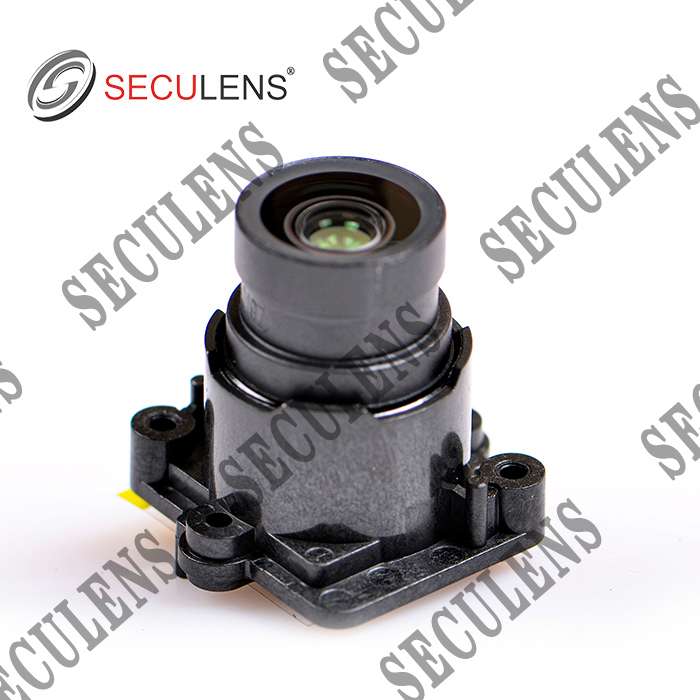
Darklight Lens 10197+IR06312 2.8mm 1/1.8"
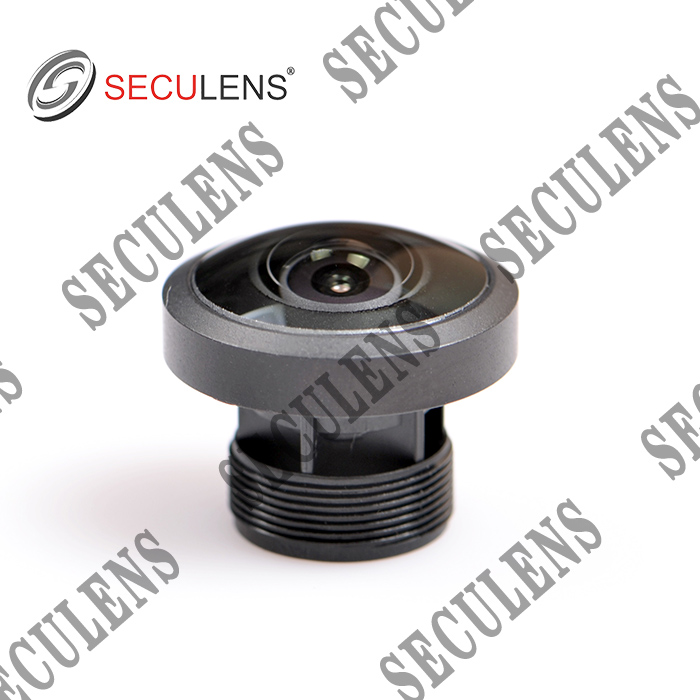
Fisheye lens 1.8mm 5MP 5185
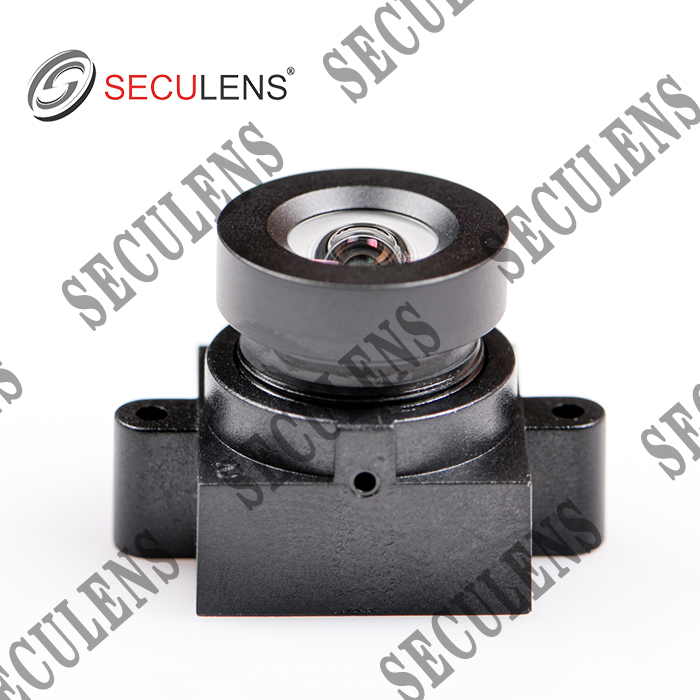
Distortion Free Lens 3526 3.2mm TTL:15.5
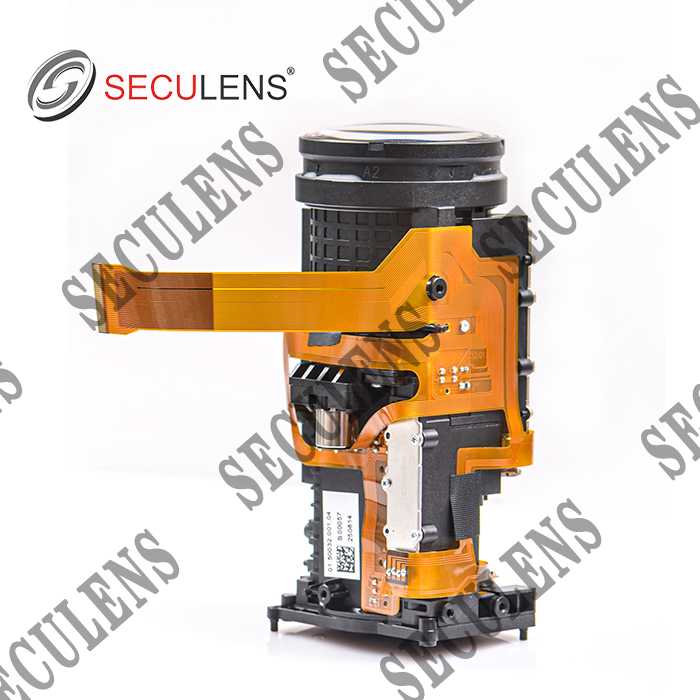
Integrated machine 6-192MM S64192-32YT 30X
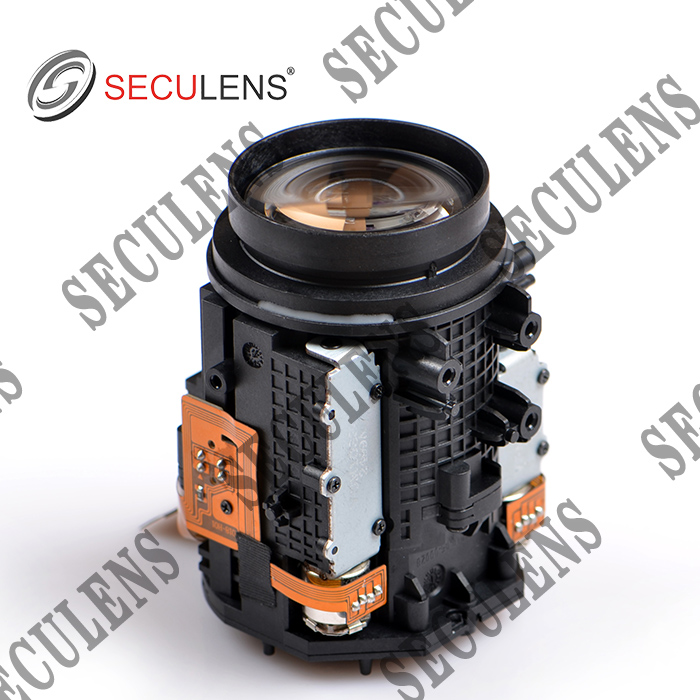
Integrated machine10-40MM S1040-18YT 4X